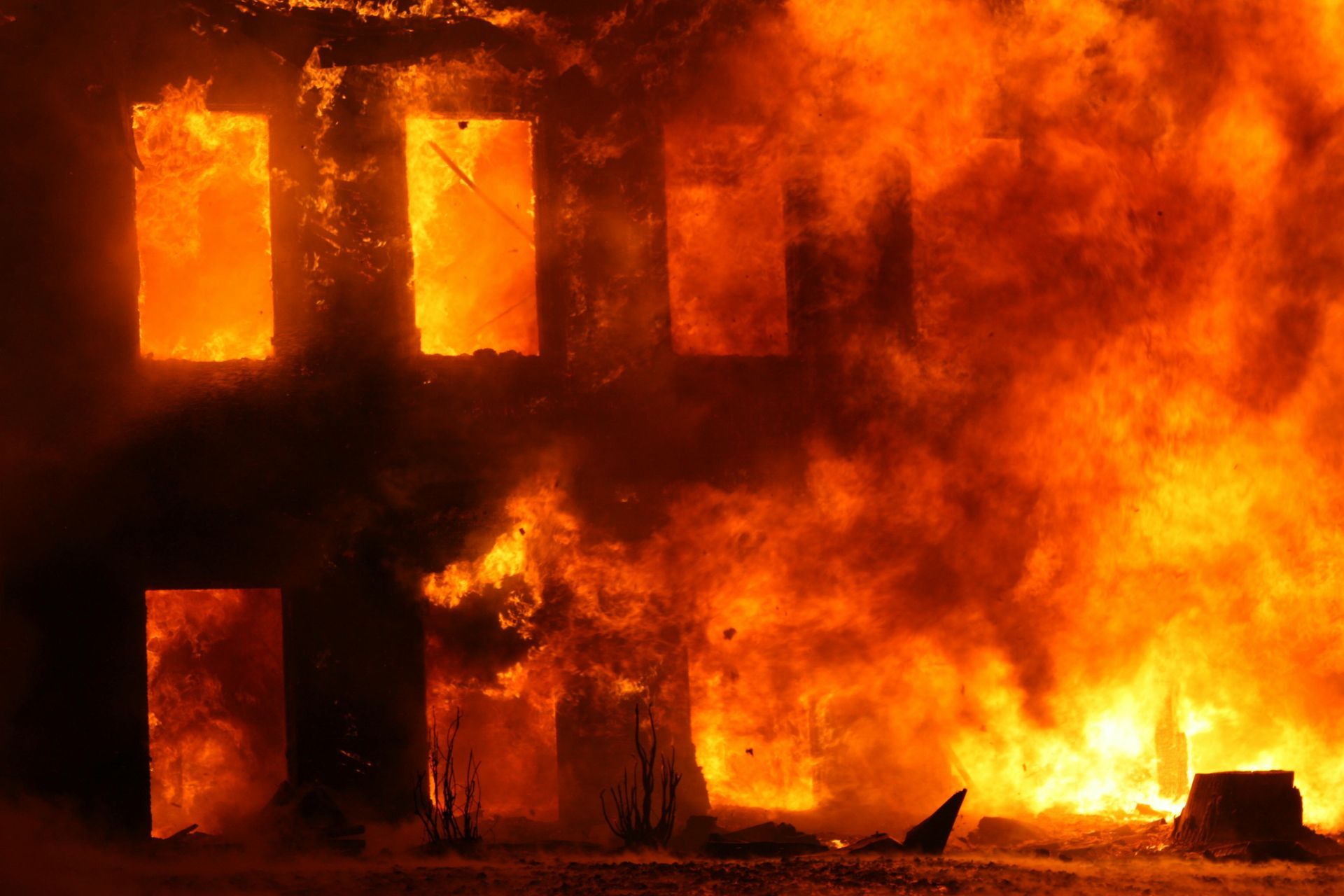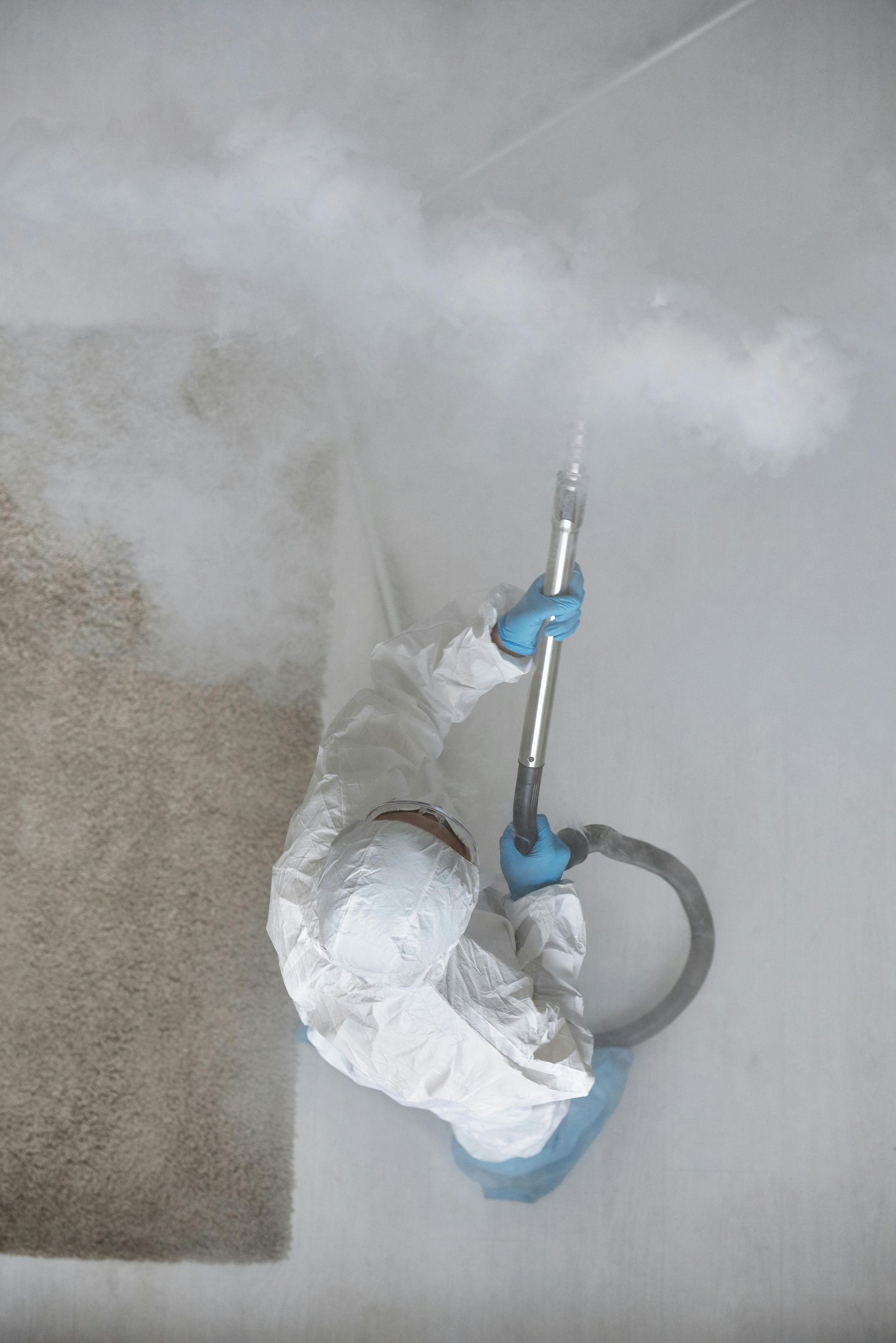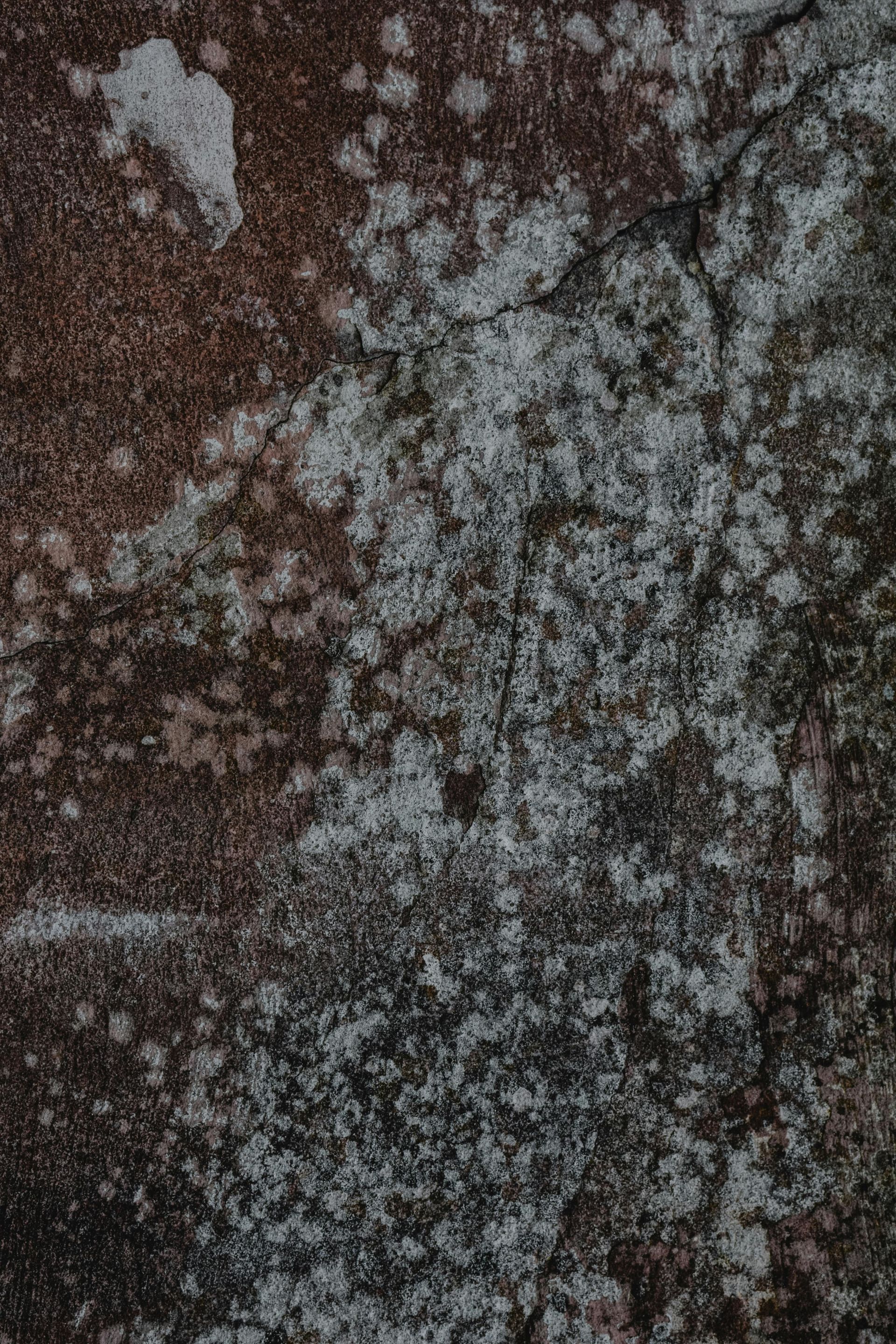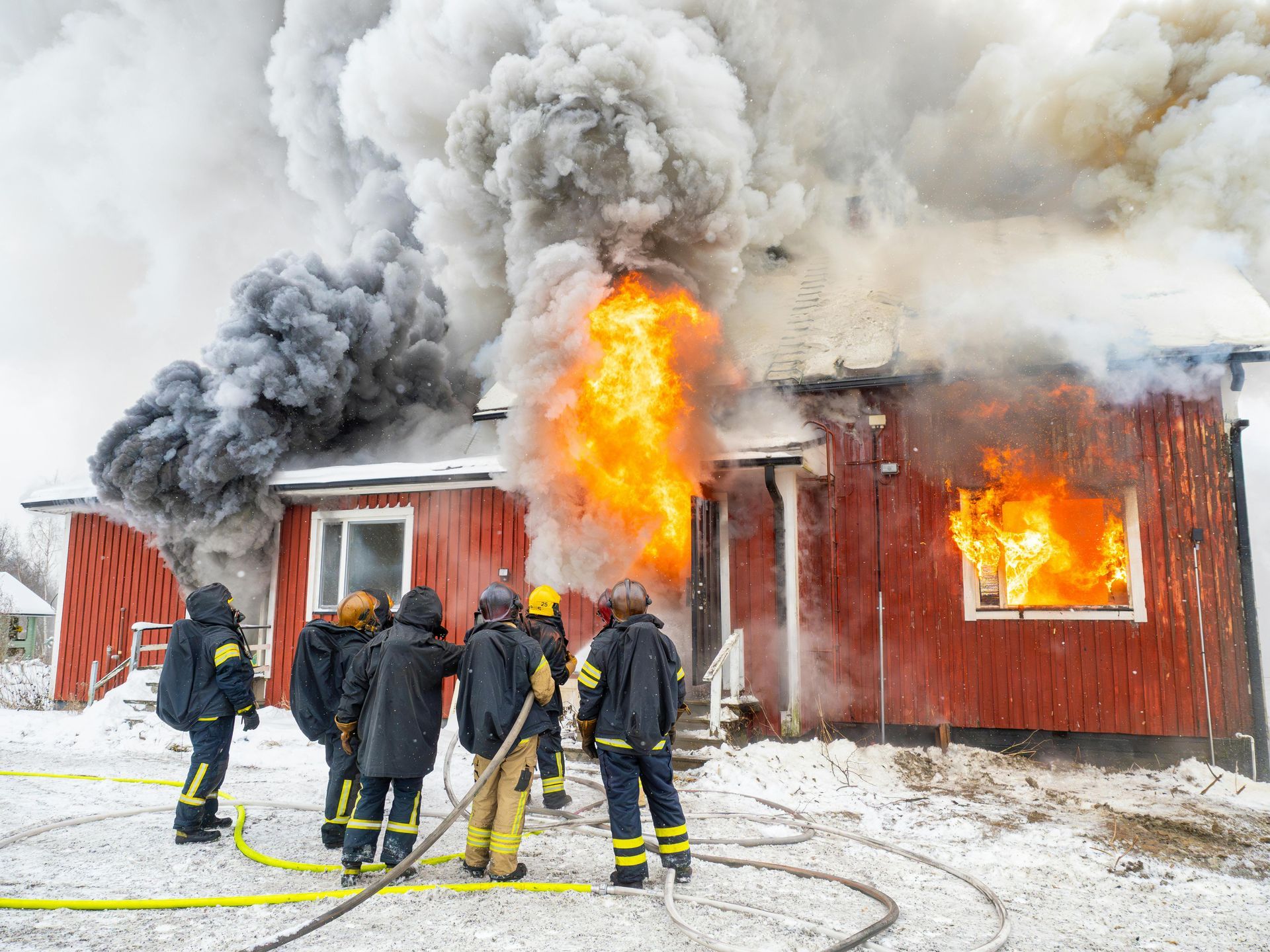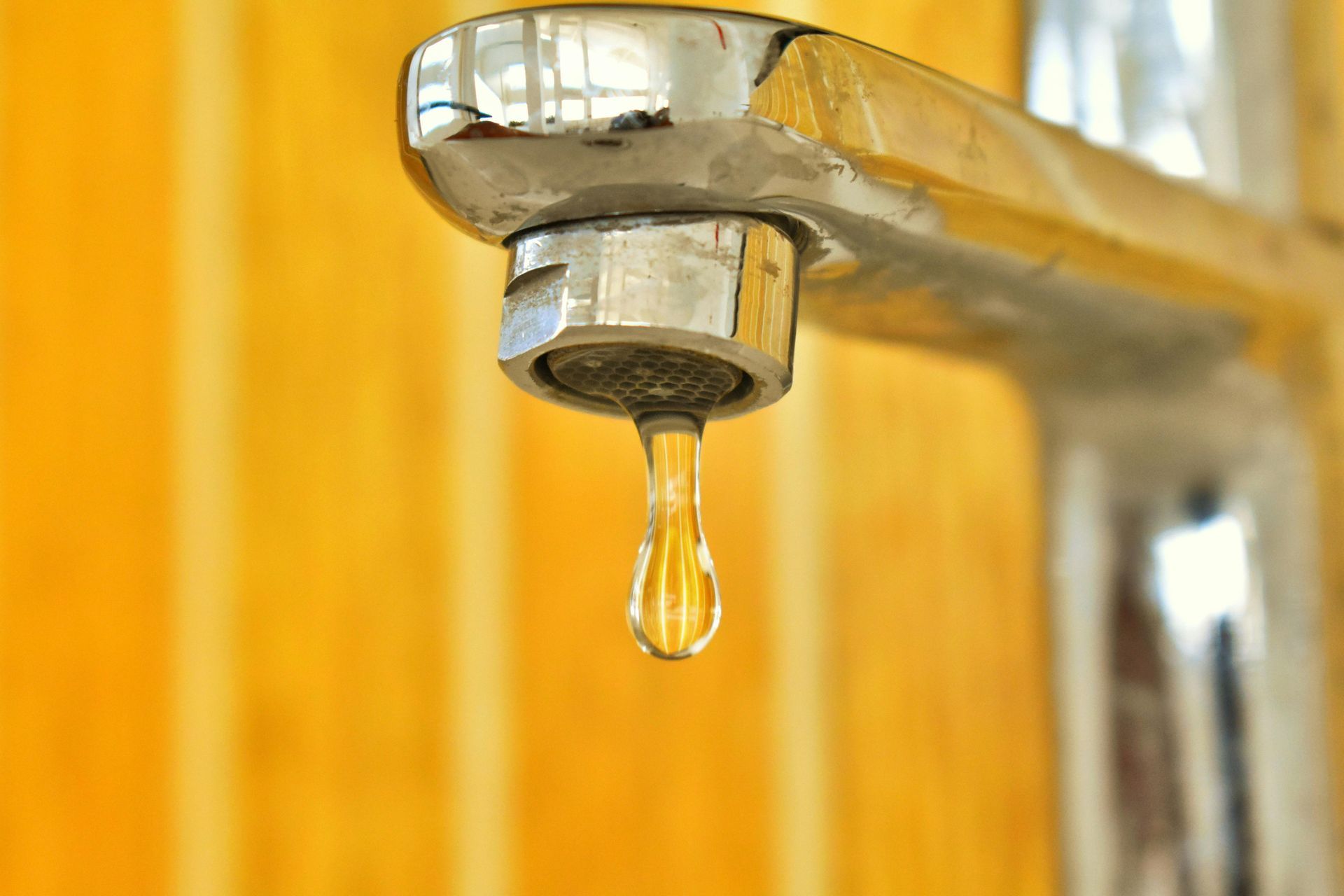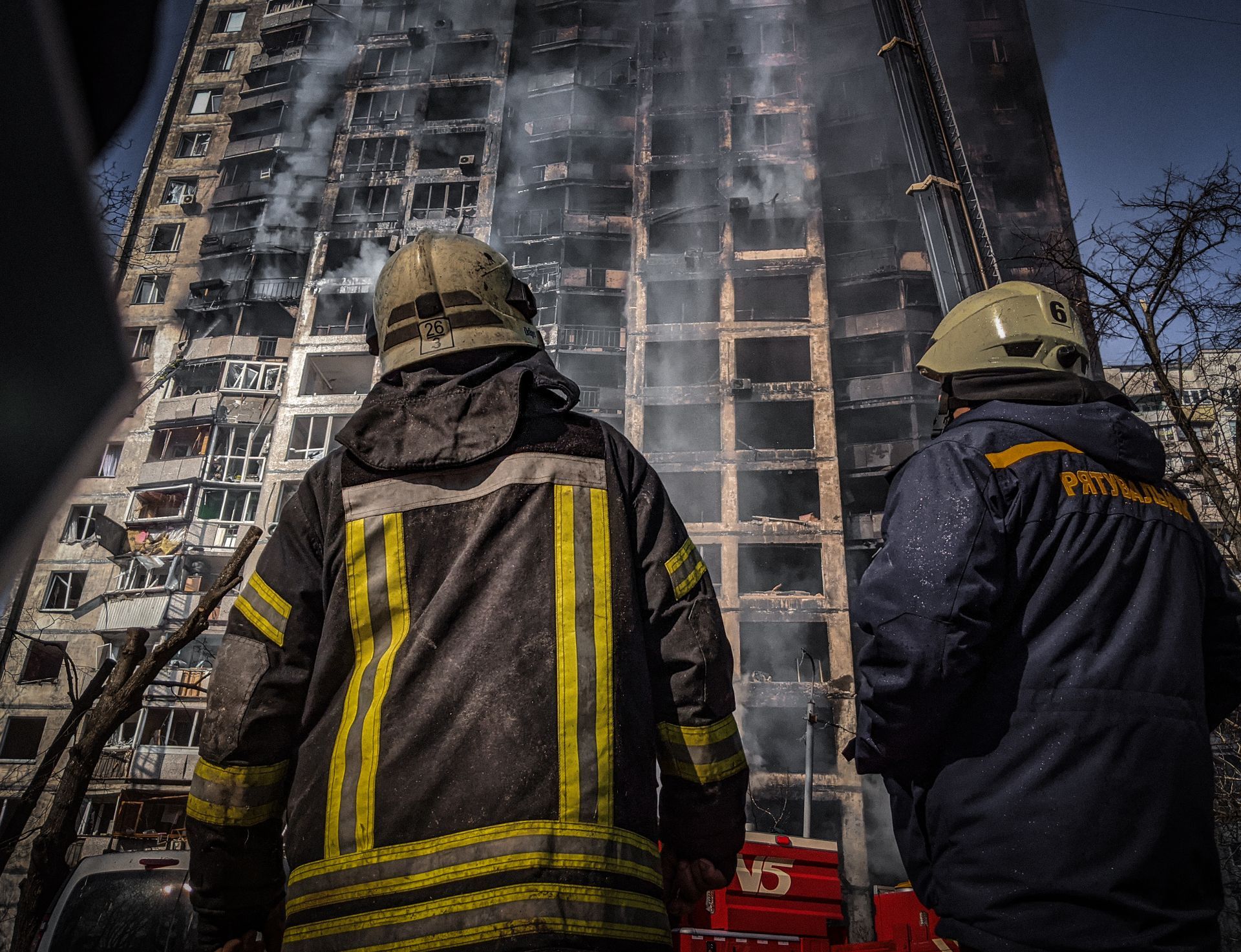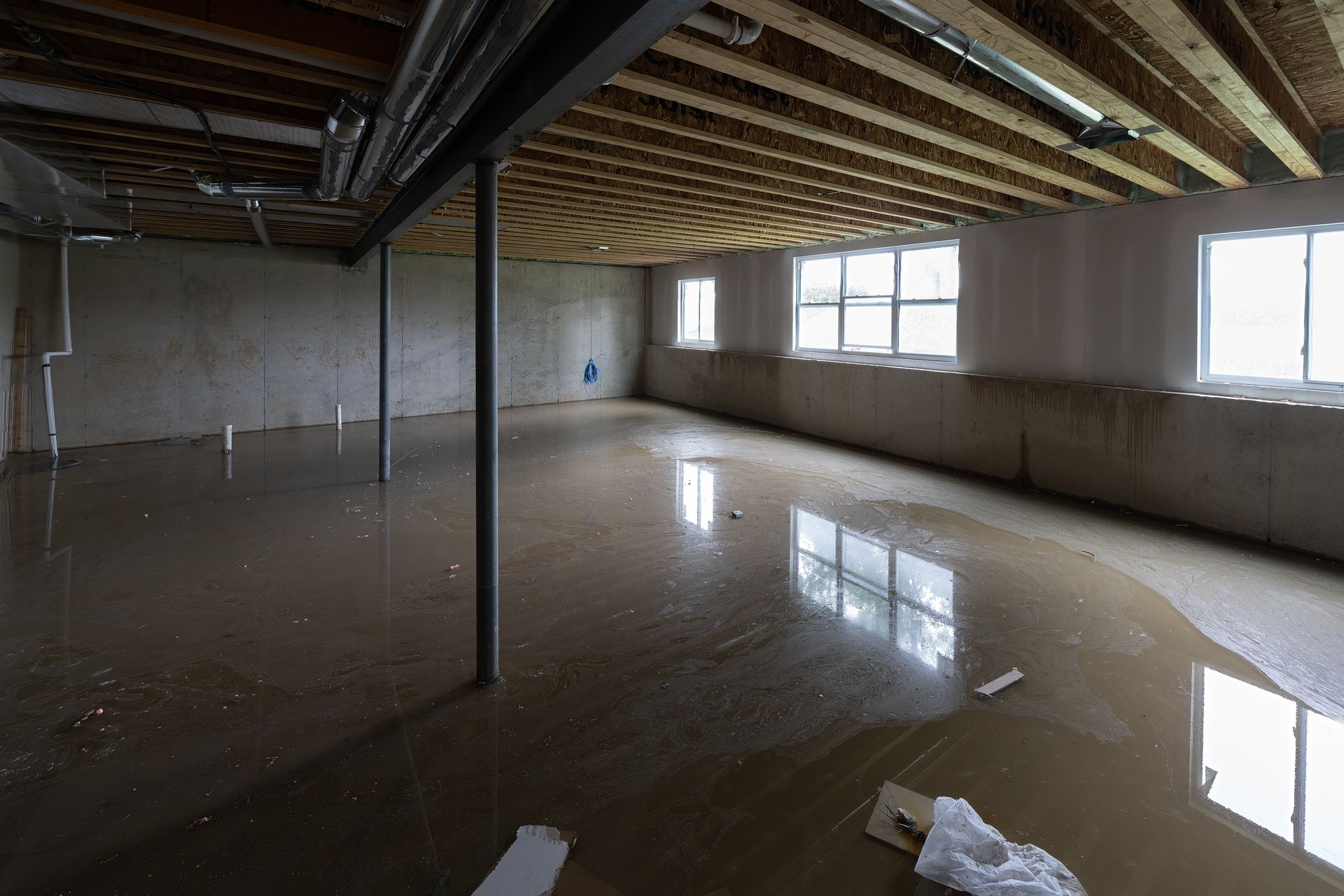Serving Athens, GA & Surrounding Areas
Call 24/7 for Emergencies
Understanding the Water Damage Restoration Process
The Ins and Outs of the Water Damage Restoration Process: A Comprehensive Guide
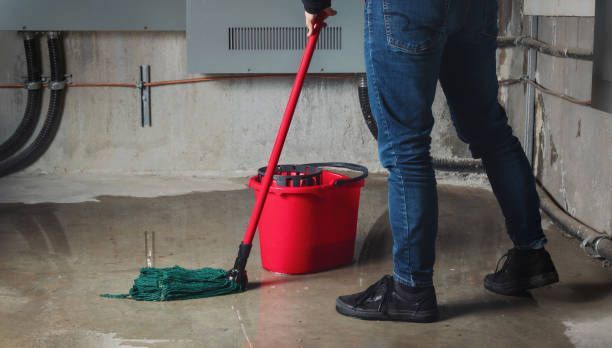
Water damage, a common yet troublesome issue that homeowners face, can result from various sources such as floods, leaks, or burst pipes. If not addressed promptly, standing water can cause extensive damage to your property and pose health risks. Our comprehensive guide provides an in-depth look at the water damage restoration process, from initial water extraction to the final stages of remediation. We'll walk you through each step of the water damage cleanup, mitigation, and flood damage restoration process, equipping you with the knowledge to handle such situations effectively. Let's dive deeper into understanding and managing water damage.
Assessment and Inspection
The initial assessment and inspection phase is the foundation for the entire water damage restoration process. It involves a thorough inspection of your property to identify the level and source of the water damage. By pinpointing the location and extent of the damage, professionals can develop a detailed, effective plan for water extraction, drying, and restoration.
Professionals use advanced tools such as moisture meters and
thermal imaging cameras to detect and track the presence of water in your property. These devices provide precise readings of moisture levels in various materials and can even reveal water hidden behind walls, under floors, or in other hard-to-reach areas. This comprehensive evaluation prevents any surprises later on and ensures that no area is overlooked in the water damage cleanup process.
During the inspection, professionals look for various types of damage. This includes structural damage such as warped or rotting wood, soaked insulation, and compromised foundations. They also look for
signs of mold growth, which can occur within 24-48 hours of water exposure, posing significant health risks.
The assessment is also crucial in determining the best course of action for
water damage mitigation and implementing the
flood damage restoration process efficiently. By understanding the extent of the damage, professionals can prioritize tasks, allocate resources effectively, and provide an accurate estimate of the remediation process's time and cost.
In essence, the initial assessment and inspection set the stage for a successful water damage restoration, ensuring a thorough cleanup, effective mitigation, and comprehensive remediation.
Water Extraction
The water extraction phase is a critical step in the water damage restoration process. This stage involves removing all standing water from the affected area, which is typically accomplished using high-powered pumps and specialized wet vacuums. The speed and efficiency of this process can significantly influence the extent of the water damage. The sooner the water is extracted, the less opportunity there is for further damage to occur and for mold growth to begin.
Professional restoration services have access to advanced equipment and technologies capable of removing large amounts of water quickly and efficiently. These tools are designed to handle high volumes of water and can significantly reduce drying time. They are integral to minimizing the impact of water damage and preventing the onset of mold and mildew.
However, homeowners can also take proactive measures to assist in the water extraction process. It's important to remember that safety is paramount in these situations. If possible, turn off the electricity in the affected area to avoid any electrical hazards. Avoid contact with standing water unless you've confirmed it's safe, as it could be contaminated with harmful substances.
Importantly, homeowners should contact a professional water damage restoration service as soon as possible. While there are steps you can take to mitigate damage, the water extraction process is most effective when handled by professionals. They have the necessary tools, training, and experience to perform the task quickly and thoroughly, mitigating further damage and beginning the path toward full restoration and remediation.
Drying
After the water extraction process, the subsequent stage of water damage restoration involves drying the affected area, a critical step in the water damage remediation process. Even after standing water has been removed, excess moisture can still linger in building materials, leading to further damage and potential mold growth.
Professional restoration services employ a host of advanced equipment, such as air movers and dehumidifiers, to speed up the drying process. Air movers are powerful fans that promote air circulation, speeding up the evaporation process and effectively drying out damp areas.
Dehumidifiers, on the other hand, reduce the moisture content in the air, creating an environment unsuitable for mold growth. Together, these tools work in tandem to dry out your property thoroughly and prevent secondary water damage.
As a homeowner, you can assist in the drying process as well. Opening windows and using household fans can promote air circulation and speed up the drying process. However, remember that these measures are supplemental and are most effective when used in conjunction with professional restoration services.
Your actions during this crucial drying phase can significantly impact the overall success of the water damage restoration process. Coordinating with professionals and taking proactive steps can minimize damage, prevent mold growth, and ensure a comprehensive and successful water damage cleanup. Remember, the goal is not just to dry your property but to restore its pre-damage condition.
Cleaning and Sanitizing
Post-drying, the water damage restoration process progresses to the crucial stages of cleaning and sanitizing. This step is vital in ensuring the affected area is free from any potential health hazards, including harmful microorganisms such as bacteria and mold. Debris left behind from standing water can foster an environment conducive to disease and allergic reactions, making thorough cleaning a priority.
Professionals use a variety of cleaning agents specifically designed to treat water-damaged areas. These solutions work to eliminate contaminants, making the space safe for inhabitants. The types of cleaning agents used depend on the type of water damage, whether it's clean, gray, or black water, each carrying different levels of contaminants.
Additionally, restoration professionals employ various cleaning techniques, such as wet cleaning, dry cleaning, spray and wipe, foam cleaning, or immersion cleaning, depending on the material and extent of the damage. These methods work to remove remaining debris and sanitize effectively, leaving the area clean, safe, and ready for the final restoration process.
In order to avoid any cross-contamination that could pose health risks, professionals adhere strictly to safety protocols. Non-affected areas are secured to prevent the spread of contaminants, and professionals use personal protective equipment (PPE) to ensure both their and the inhabitants' safety. Their meticulous approach to cleaning and sanitizing stands as a testament to their goal: to restore your property to a safe, healthy, and comfortable living environment.
Cleaning and sanitizing form an integral part of the water damage remediation process. They ensure the area is not only physically restored but also safe and healthy for occupants, demonstrating the thoroughness and importance of professional water damage restoration services.
Restoration and Repairs
The final and arguably most crucial phase of the water damage restoration process is restoration and repairs. This involves the replacement of damaged materials and the painting or refinishing of surfaces affected by the water damage. Wallboard, insulation, and carpeting are among the materials often replaced during this stage. Restoration services also prioritize restoring the aesthetic appeal of the property, painting, and refinishing surfaces to match their pre-damaged state. This process is comprehensive and requires a keen eye for detail to ensure all areas are thoroughly restored.
Working with professionals during this phase is paramount, as they bring expertise and experience to effectively and safely restore your property. They collaborate closely with homeowners in selecting appropriate materials and finishes that align with the home's existing aesthetics and the homeowner's preferences. This partnership ensures that the final result is not only structurally sound but also visually pleasing and cohesive with your home's design.
When choosing a restoration company, there are several key factors to consider. Ensure that the company is certified, licensed, and insured to protect you from any liabilities during the restoration process. Look for companies with positive reviews and a solid reputation for quality work and customer service. A reputable restoration company will provide a clear and detailed estimate, be responsive to your inquiries, and be transparent about their process, ensuring you feel informed and confident throughout the restoration process.
The restoration and repair phase is critical in the flood damage restoration process, restoring your property's structural integrity and aesthetic appeal. A reputable and reliable restoration company, such as North Eastern Restoration, will work closely with homeowners to ensure the process is carried out effectively, safely, and to the homeowner's satisfaction.
Communication and Documentation
Throughout the water damage restoration process, communication and documentation play a pivotal role. As professionals navigate through the stages of water extraction, drying, cleaning, sanitizing, and restoration, keeping homeowners informed and involved is essential. They provide regular updates, clarifying what procedures are being performed and how they contribute to the overall water damage remediation process. This open line of communication not only keeps homeowners apprised of the progress but also allows them to voice any concerns or preferences they might have, fostering a collaborative and transparent process.
In addition to verbal communication, professionals provide homeowners with thorough documentation. This can include detailed reports outlining all actions taken, the materials used, and the time spent on each task. These reports serve as a valuable record of the work completed and can be useful for insurance claims.
A crucial component of this documentation is photographic evidence. Restoration professionals typically take before, during, and after photos to visually document the damage and the steps taken to remediate it. These photos can highlight the effectiveness of the water damage cleanup, showing the transformation from a water-damaged state to a restored condition.
Both communication and documentation are integral to the water damage restoration process. They promote transparency, ensure accountability, and provide homeowners with a comprehensive understanding of the work performed on their property. This meticulous approach to communication and documentation underscores the professionalism and thoroughness of respected restoration companies like North Eastern Restoration.
Water Damage Restoration With North Eastern Restoration
At
North Eastern Restoration, we specialize in comprehensive
water damage restoration services that encompass everything from initial water extraction to meticulous cleanup and final restoration. Our team is experienced in handling standing water situations, employing advanced water damage mitigation techniques to prevent further harm to your property. We follow a rigorous flood damage restoration process, ensuring each step is executed with utmost care and precision. This dedication extends to the water damage remediation process, where we prioritize your property's health, safety, and aesthetic appeal. Our water damage cleanup leaves no stone unturned, addressing every detail to restore your property to its pre-damaged state. We're fully licensed and insured, providing you with peace of mind throughout the process. If you're facing water damage, don't wait. Contact North Eastern Restoration today and let us restore your property with care, expertise, and unmatched dedication. Your home deserves nothing but the best – and that's what we're here to provide.
CONTACT US 24/7 FOR ANY WATER, FIRE, MOLD RELATED EMERGENCY
OR CALL US 24/7
Northeastern Restoration offers professional 24/7 emergency water, fire, and mold damage restoration services in Athens, GA, Gwinnett County, and Jackson County. Our IICRC certification ensures high-quality restoration. With a rapid 45-minute response time, we are committed to restoring your property quickly and effectively.
IICRC Certified
OUR SERVICES
CONTACT INFORMATION
Northeastern Restoration
217 Monte Ln, Jefferson, GA 30549, United States of America
All Rights Reserved | Northeast Restoration

